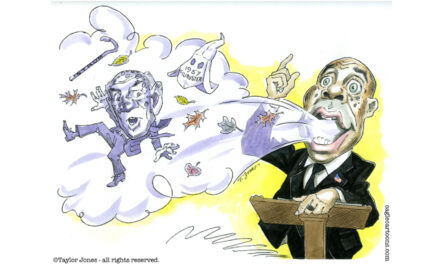
Colombia’s Production of Cocaine Reaches All-Time High
Colombia’s production of cocaine increased 31% to hit an all-time high of 1,400 tons in 2017.
This figure comes from the UN Office on Drugs and Crime, which estimates Colombians are using 171,000 hectares of land to grow coca plants (a 17% increase compared to 2016).
Colombian officials burn any illicit plants they find, but fields and labs are often hidden deep in the jungle and defended by gangs. Last year, officials seized 400 tons of cocaine.
The UN report estimates the production of cocaine to be worth $2.7 billion in the local market – meaning your average civilian is more than happy to put up with it.
According to locals, is it far easier to make money growing coca plants than it is growing traditional crops like bananas or avocados. Others make money working as informants to help traffickers smuggle their product onto container ships.
“As long as there is coca and cocaine, those groups will have support to continue their fight against Democracy and to continue their fight against [the] civilian population,” says General Alberto Mejia.
Last year, Colombia signed an agreement with the UN which aims to curtail the growing of coca plants by incentivizing locals to grow more traditional crops. As of June, 69,000 families had signed up to receive payments to help them transition to growing safer crops.
At the end of the day, this agreement will do little to curtail production while the demand for cocaine continues to increase.
The US provides about $400 million per year to assist in Colombia’s war on drugs, but the US is also the largest consumer of cocaine. US demand for cocaine is increasing substantially, with the number of Americans dying from overdoses involving cocaine more than doubling since 2013. Demand for cocaine is also increasing in Europe.
Other factors exacerbating the problem include the 2016 peace deal with the drug trafficking organization FARC, which did little more than facilitate the rise of other illegal groups, and the 2015 decision to stop the aerial spraying of herbicides on illegal crops.
To make matters worse, today’s coca crops produce 33% more leaf than they did in 2012; and, despite the increasing seizure of illicit plants, the eventual price for consumers has decreased by more than 10%.
What all of this translates to is an increasing murder rate in Colombia and the deaths of thousands of Americans from drug overdose.



























Just wondering if he had a Catheter on? So here is a Democrat who now holds some sort of record…
So why do you think this is something you need to write about since nobody cares? Need a bit of…
Joe, who’s losing credibility-the people who worry about spineless Republican congressmen or conservative judges not enforcing the constitution or an…
WOW Larry ! Talk about, "Chumming the water"... You just stepped on a myriad of demorats tails.
We are already in WWWIII; the Trump Trade War.